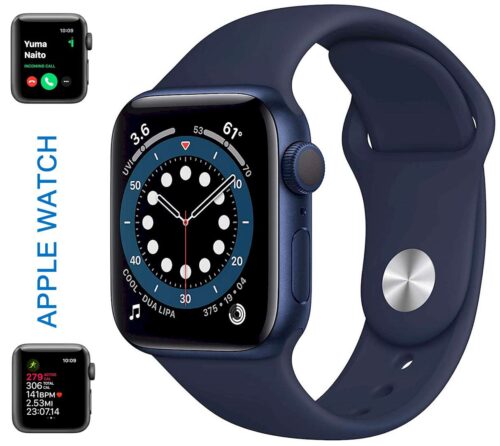Travel Health & Fit
All these products can be purchased at amazon.com
Apple Watch on Amazon.com
FITFORT Fitness Tracker with Blood Pressure
Fitness Tracker with Travel Blood Pressure HR Monitor -Upgraded
Activity Tracker Watch with Heart Rate Color Monitor IP68 Pedometer Calorie Counter for Women Kids Men
